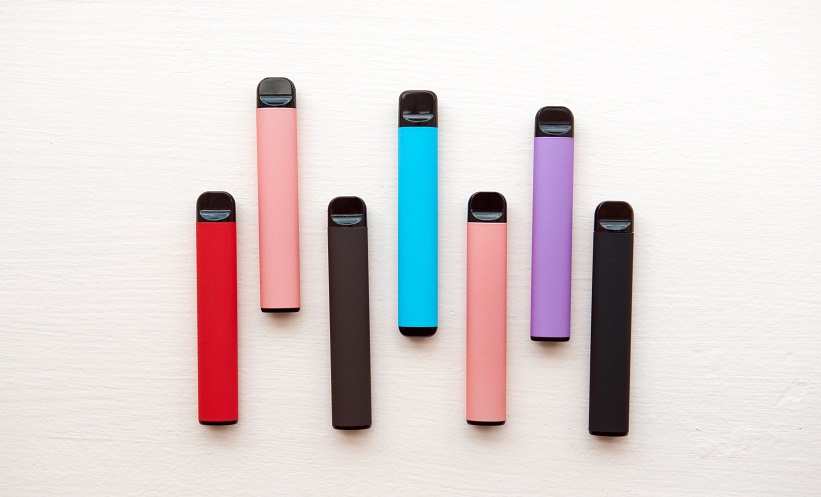ACUTE lung injury could be treated more effectively and cheaply by two synthetic mimics of naturally occurring surfactant proteins. A study at Stanford University, California, USA showed that a bioengineered protein mimic outperformed current methods of combatting surfactant dysfunction.
Current Methods
A range of factors, including severe lung infection, can cause surfactant dysfunction, impairing a person’s ability to breathe. The surfactant is a thin coating of film that lowers the tension of the lung’s inner surface, without which breathing is impossible. Currently, to repair the surfactant, the substance has to be obtained from animals, which is very expensive. A cheaper alternative, containing a water-based dispersion of fatty lipids along with short protein to mimic the surfactant proteins, has become available in recent years but is less effective.
Designer Polymers
In the study, key bioactive portions of two proteins present in the surfactant called surfactant B and C which can cut surface tension were mimicked by designer polymers called peptoids. These substances, named pB and pC, resembled the proteins but had slightly different component building blocks making them more resistant to breakdown by heat or proteases, as well as being less likely to lose their bioactivity by aggregating into clumps. Additionally, the cost of synthesising them can be one-quarter and one-third of that of the animal-derived surfactant or available synthetic version, respectively.
Improved Performance
When compared to the animal extract and a control solution in rats whose lungs had been rinsed of their own natural surfactant, the surfactant containing pC was found to be equal to or better than the animal surfactant in every physiological outcome at the various time points assessed, and superior overall in enabling the lungs to oxygenate blood.
“New Frontiers”
“This opens up new frontiers,” explained Dr Annalise Barron, Stanford University. “Our relatively simple synthetic mimic of a very complex material will have a much longer shelf life and can be made in large amounts at reasonable prices. Reasonable enough, we hope, that it may for the first time be possible to conduct a clinical trial in adults in intensive care units who have been intubated and who might benefit substantially from surfactant replacement.”
Further Study
The author emphasised that further preclinical and clinical trials are now required.
James Coker, Reporter
For the source and further information about the study, click here.







